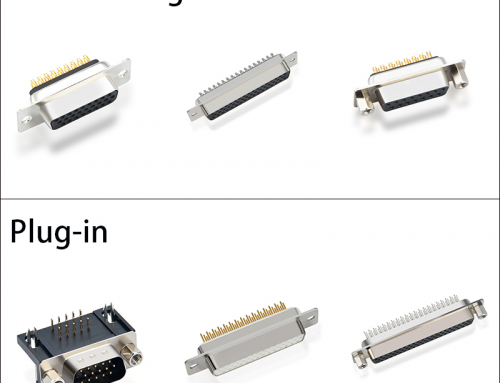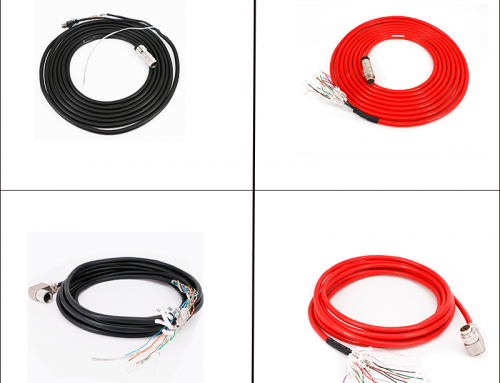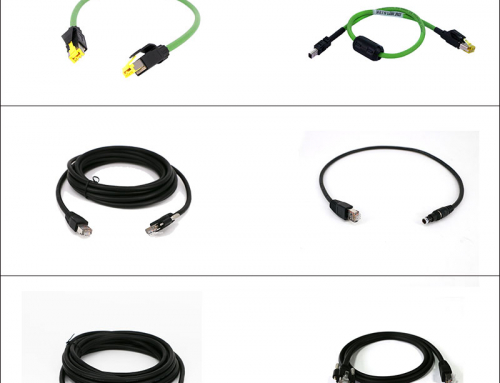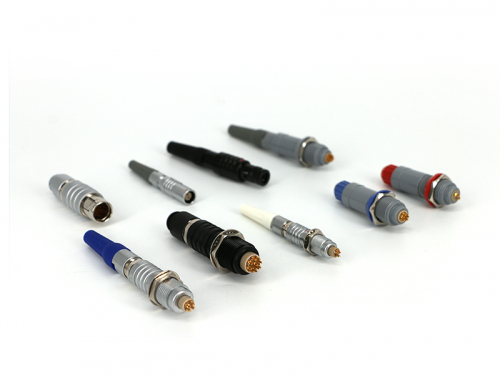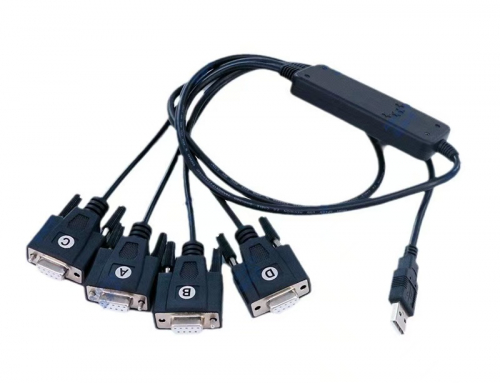New energy storage cables are key components used to transmit power, signals and data in new energy storage systems. Here is a detailed introduction to them:
Main types
Classification by material:
XLPE (cross-linked polyethylene): has excellent electrical properties, such as high insulation resistance and low dielectric loss, which can effectively reduce the loss during power transmission. At the same time, it has good heat resistance and aging resistance, can operate stably for a long time in a wide temperature range, and is suitable for energy storage systems used outdoors for a long time.
Silicone: has good flexibility and high and low temperature resistance, and can maintain elasticity and stable electrical properties in a temperature range of -40℃ to +200℃. In addition, silicone also has good chemical corrosion resistance and waterproof properties, and can be used in harsh environmental conditions.
Classification by use:
High-voltage energy storage cables: mainly used to connect energy storage battery packs with high-voltage equipment such as energy storage converters to transmit high voltage and high current. Generally has a higher voltage rating and current carrying capacity, such as a voltage rating between 1000V and 1500V, and can carry a current of 60A to 400A.
Low-voltage energy storage line: used to connect low-voltage equipment such as battery management systems, monitoring systems, and control systems to transmit control signals and data. It is characterized by a relatively small wire diameter and high requirements for the accuracy and stability of signal transmission.
Performance requirements
Electrical performance:
High current carrying capacity: It needs to be able to carry large currents in the energy storage system to ensure efficient transmission of electric energy. For example, in some large energy storage power stations, the energy storage wiring harness needs to withstand hundreds of amperes of current.
Low resistance: In order to reduce losses during power transmission and improve the efficiency of the energy storage system, the resistance of the new energy storage line should be as low as possible.
Good insulation performance: It has high insulation resistance and voltage resistance to prevent leakage and short circuit accidents. Generally, the insulation layer is required to withstand thousands of volts.
Safety performance:
Flame retardancy: Since there may be fires caused by battery overheating and short circuit in the energy storage system, the sheath and insulation materials of the new energy storage line must have good flame retardant properties and be able to prevent the spread of flames for a certain period of time.
Waterproof and dustproof: In outdoor energy storage systems, energy storage harnesses need to prevent moisture and dust from entering the interior to avoid equipment failures due to short circuits, corrosion and other problems. Connectors with good sealing performance and wires with waterproof coatings are usually used to meet this requirement.
Mechanical properties:
Tensile strength: During the installation and use of the energy storage system, the energy storage harness may be subjected to tensile forces, so it is necessary to have a certain tensile strength to prevent the wire from breaking.
Anti-bending: The energy storage harness may need to be bent during the wiring process, so it is necessary to have good anti-bending performance to prevent damage to the internal structure of the wire.
Application scenarios
Power energy storage system: used to connect battery modules, energy storage converters, battery management systems and other equipment to achieve the storage and release of electric energy. For example, in the grid-side energy storage system, the energy storage harness transmits the electric energy stored in the battery to the grid, which plays a role in regulating the power of the grid and stabilizing the voltage of the grid.
New energy power generation: In solar power stations and wind power stations, energy storage harnesses are used to connect energy storage systems and power generation equipment to store excess electric energy for use when power generation is insufficient or when grid demand is peak.
Electric vehicles: It is an important component that connects the battery, motor and electronic control system of electric vehicles, responsible for transmitting power and control signals to ensure the normal operation of electric vehicles.
Smart grid: In smart grids, energy storage harnesses can realize the access and management of distributed energy, and improve the flexibility and reliability of the power grid.
Production standards
International standards: Such as the relevant standards formulated by the International Electrotechnical Commission (IEC), which have strict regulations on the electrical performance, safety performance, mechanical performance and other aspects of energy storage harnesses. For example, the IEC 62893 series of standards specifically regulates the requirements for high-voltage harnesses for electric vehicles.
National standards: China has formulated a series of national standards, such as GB/T 31485-2015 “Safety Requirements and Test Methods for Power Batteries for Electric Vehicles”, GB/T 31467.3-2015 “Lithium-ion Power Battery Packs and Systems for Electric Vehicles Part 3: Safety Requirements and Test Methods”, etc., which put forward clear requirements for the application of new energy storage cables in the field of electric vehicles.
Industry standards: Some industry associations and organizations have also formulated relevant industry standards, such as the “Technical Specifications for High-Voltage Wiring Harnesses for Electric Vehicles” formulated by the China Association of Automobile Manufacturers, which regulates the production, testing and use of energy storage wiring harnesses.


